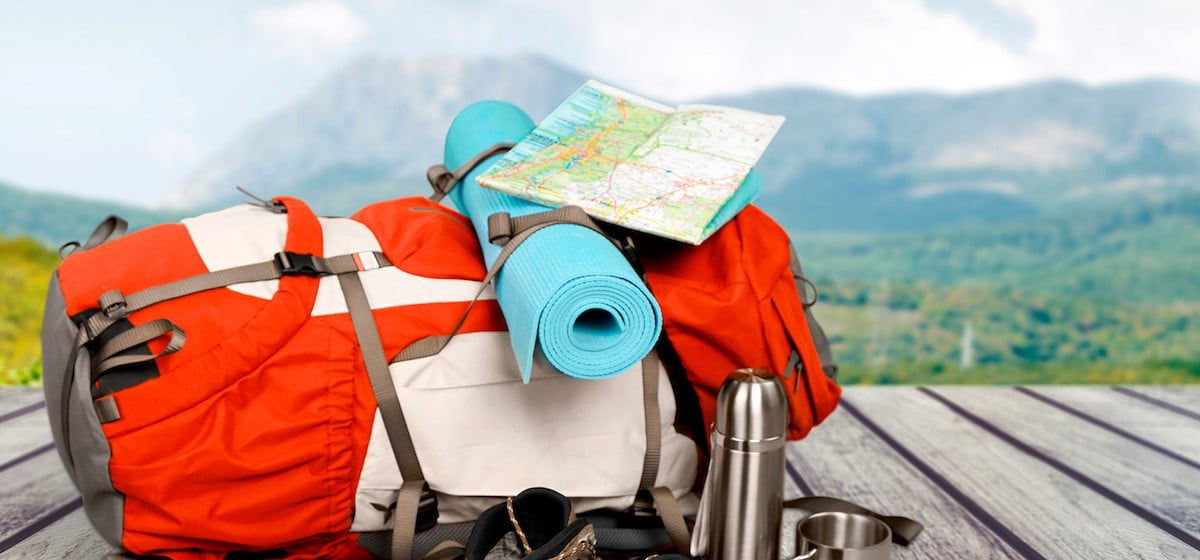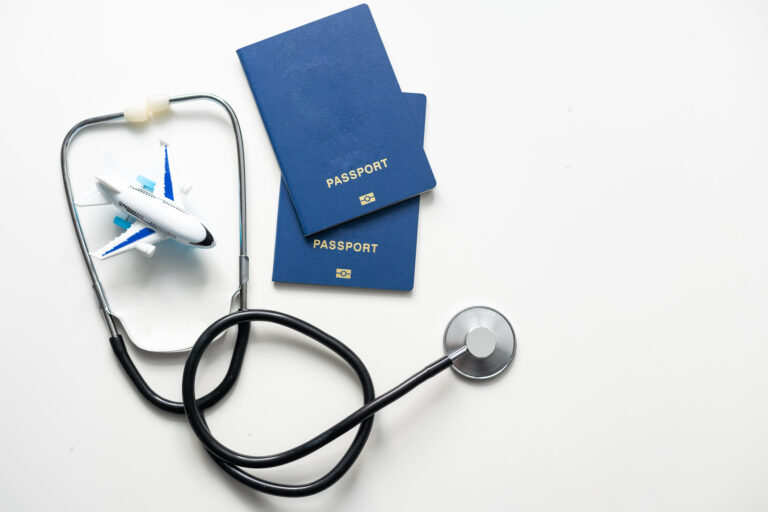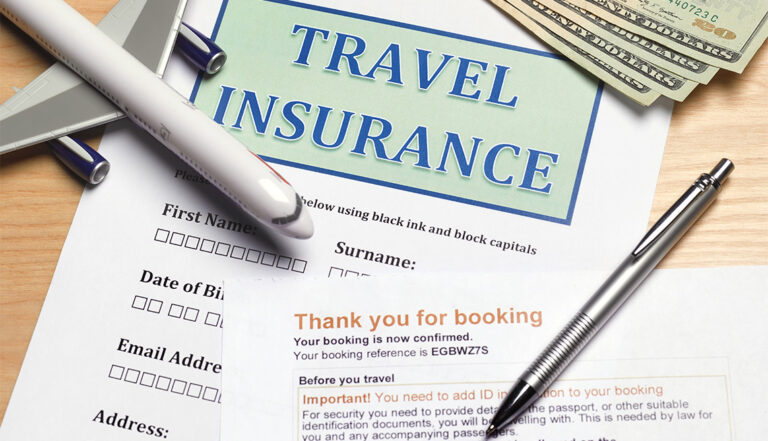Travel Insurance for Backpackers
As a seasoned backpacker, I know firsthand the thrill of exploring new destinations, immersing yourself in different cultures, and embarking on adventures off the beaten path. But amidst the excitement of backpacking, it’s crucial to remember the importance of protecting yourself with travel insurance. In this comprehensive guide, I’ll delve into the specifics of travel insurance for backpackers, highlighting why it’s essential and what tailored coverage options are available for budget adventurers like yourself.
Why Backpackers Need Travel Insurance
Backpacking often involves unpredictable itineraries, adventurous activities, and visits to remote locations. While this sense of spontaneity is part of the allure, it also comes with inherent risks. Travel insurance serves as a safety net, providing financial protection and peace of mind in case of unforeseen circumstances such as medical emergencies, trip cancellations, or lost luggage.
Tailored Coverage Options
- Medical Coverage: One of the most critical aspects of travel insurance for backpackers is medical coverage. Look for a policy that offers comprehensive medical benefits, including coverage for emergency medical treatment, hospital stays, and medical evacuation to your home country if necessary. This is especially important when traveling to destinations with limited healthcare infrastructure.
- Adventure Sports Coverage: Backpackers often engage in adrenaline-pumping activities such as hiking, scuba diving, or bungee jumping. Make sure your travel insurance policy includes coverage for adventure sports to protect against accidents or injuries during these activities. Read the fine print to ensure that your chosen activities are covered.
- Trip Cancellation and Interruption: Backpacking itineraries can be flexible, but unexpected events like illness, natural disasters, or political unrest can disrupt your plans. Opt for a policy that includes trip cancellation and interruption coverage, reimbursing you for prepaid, non-refundable expenses such as flights, accommodations, and tours if you need to cancel or cut short your trip due to covered reasons.
- Personal Belongings Coverage: Losing your backpack or having your camera stolen can put a damper on your travels. Look for a travel insurance policy that provides coverage for lost, stolen, or damaged belongings, including electronic devices, valuables, and travel documents. Check the policy limits and exclusions to ensure your belongings are adequately protected.
- 24/7 Emergency Assistance: Emergencies can happen at any time, whether you’re hiking in the mountains or exploring a bustling city. Choose a travel insurance provider that offers round-the-clock emergency assistance services, including access to medical professionals, assistance with lost documents, and coordination of emergency medical evacuations if needed.
Tips for Finding Affordable Coverage
- Compare Quotes: Don’t settle for the first travel insurance policy you come across. Shop around and compare quotes from multiple providers to find the best coverage at a competitive price.
- Consider Annual Policies: If you’re planning multiple backpacking trips within a year, consider purchasing an annual travel insurance policy instead of single-trip coverage. It can be more cost-effective in the long run, especially for frequent travelers.
- Review Policy Exclusions: Before purchasing a travel insurance policy, carefully review the policy exclusions to understand what is and isn’t covered. Pay attention to any pre-existing medical conditions, adventure sports limitations, and destination restrictions.
- Opt for Essentials: While it’s tempting to opt for the most comprehensive coverage available, consider your budget and prioritize essential coverage options based on your travel plans and risk factors.






